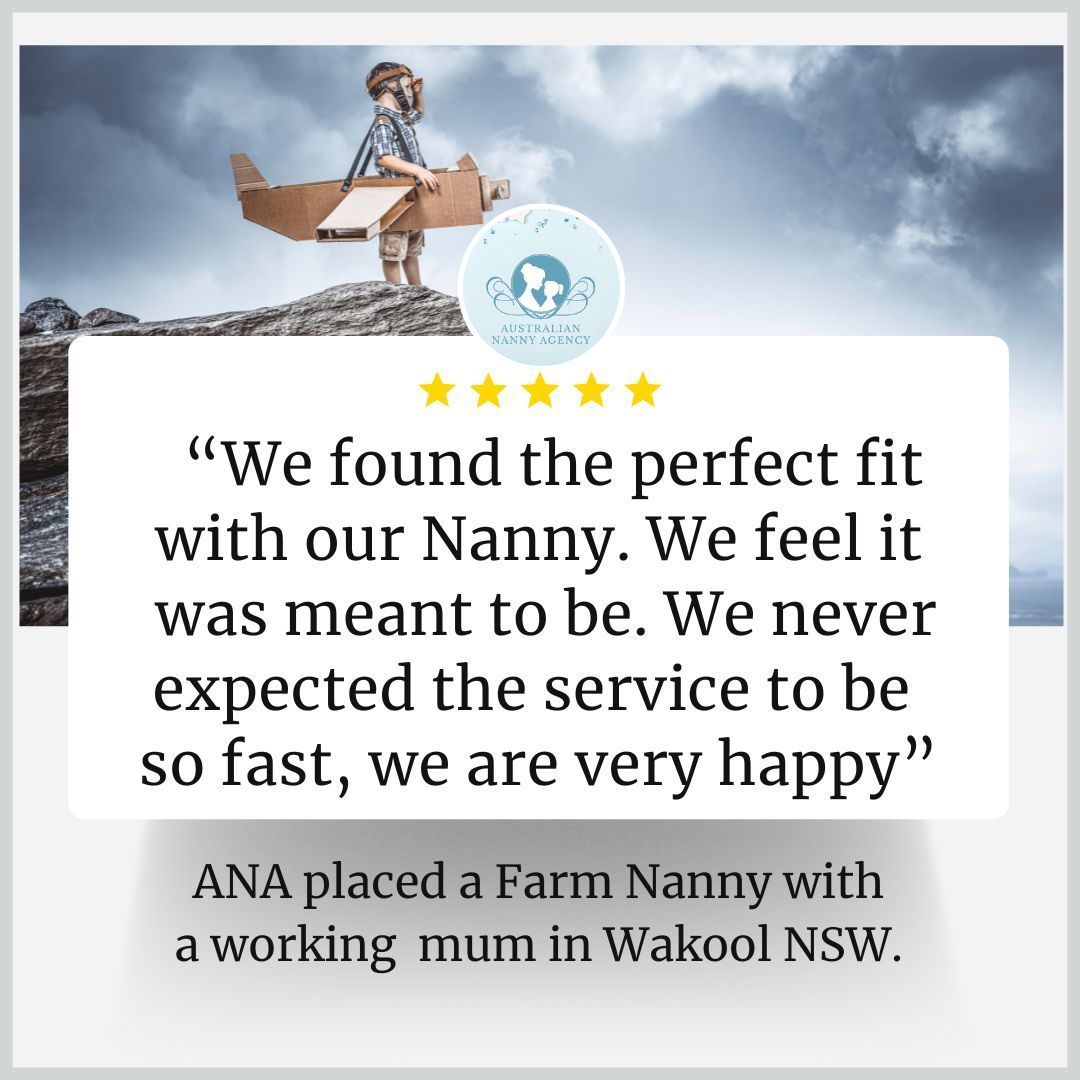Innovative Strategies and Tools for Fostering Diversity and Inclusion in Recruitment to Cultivate an Equitable Workforce"

Diversity and Inclusion in Recruitment: Strategies for Building a More Equitable Workforce
In today’s fast-paced and interconnected world, the importance of diversity and inclusion (D&I) in recruitment has never been more critical. Organizations are increasingly recognizing that a diverse workforce is not only a reflection of societal values but also a strategic advantage that drives innovation, enhances problem-solving, and improves overall performance. As the demographics of the workforce evolve, companies must adapt their hiring practices to attract a diverse range of candidates and foster an inclusive environment that allows all employees to thrive.
The Importance of Diversity and Inclusion
Diversity encompasses a range of differences, including race, ethnicity, gender, age, sexual orientation, disability, and socioeconomic background. Inclusion, on the other hand, refers to creating an environment where all individuals feel valued, respected, and empowered to contribute their unique perspectives. Research consistently shows that diverse teams outperform their homogenous counterparts, leading to improved decision-making and creativity. Furthermore, organizations with inclusive cultures tend to have higher employee engagement, retention rates, and overall job satisfaction.
Innovative Approaches to Attract Diverse Candidates
Revamping Job Descriptions: Traditional job descriptions often contain language that inadvertently discourages diverse candidates from applying. Organizations should audit their job postings to eliminate jargon and gendered language. Tools like Textio can help identify biased language and suggest more inclusive alternatives. Additionally, focusing on essential skills and competencies rather than formal qualifications can attract a broader range of applicants.
Utilizing Diverse Sourcing Channels: Expanding recruitment channels is crucial for reaching diverse talent. Organizations can partner with professional associations, attend diversity-focused job fairs, and leverage platforms that cater to underrepresented groups. Websites like DiversityJobs.com and Hire Purpose specifically target diverse candidates, allowing companies to access a wider talent pool.
Implementing Blind Recruitment: Blind recruitment practices can help minimize unconscious bias in the initial stages of hiring. By removing identifiable information such as names, addresses, and educational institutions from resumes, organizations can focus on candidates’ skills and experiences. Tools like Applied and Gap Jumpers facilitate blind recruitment processes, making it easier for hiring teams to evaluate candidates objectively.
Leveraging Technology and Data Analytics: Advanced recruitment technologies can enhance diversity efforts. Applicant Tracking Systems (ATS) with built-in D&I features can help track the diversity of candidate pools and identify potential biases in the hiring process. Furthermore, data analytics can provide insights into recruitment trends, allowing organizations to make informed decisions about their D&I strategies.
Creating an Inclusive Recruitment Process
Attracting diverse candidates is only the first step; organizations must also ensure that their recruitment processes are inclusive. Here are several strategies to consider:
Structured Interview Processes: Implementing structured interviews can help reduce bias and ensure that all candidates are evaluated based on the same criteria. By developing a standardized set of questions and a consistent scoring system, organizations can create a level playing field for all applicants. This approach not only increases fairness but also improves the quality of hiring decisions.
Diversity Training for Hiring Teams: Providing diversity and inclusion training for hiring managers and recruiters is essential. This training should cover topics such as unconscious bias, cultural competence, and the importance of diverse perspectives in the workplace. By equipping hiring teams with the knowledge and tools to recognize their biases, organizations can foster a more inclusive recruitment culture.
Feedback Mechanisms: Creating channels for candidates to provide feedback on the recruitment process can yield valuable insights. Surveys and focus groups can help organizations understand the candidate experience, identify areas for improvement, and address any potential barriers faced by underrepresented groups. This feedback can inform future recruitment strategies and contribute to a more inclusive environment.
Employee Resource Groups (ERGs): Establishing ERGs can support recruitment efforts by creating a sense of community for diverse employees. These groups can assist in outreach efforts, share job postings within their networks, and participate in recruitment events. Additionally, involving ERGs in the hiring process can provide diverse perspectives and enhance the overall candidate experience.
The Road Ahead
The journey toward diversity and inclusion in recruitment is ongoing and requires commitment from all levels of an organization. Leaders must champion D&I initiatives and hold themselves accountable for progress. By implementing innovative strategies and fostering an inclusive culture, organizations can build a more equitable workforce that reflects the diverse society in which they operate.
As we move forward, organizations must recognize that diversity and inclusion are not just buzzwords but essential components of a successful and sustainable business. By prioritizing D&I in recruitment, companies can unlock the full potential of their workforce, drive innovation, and ultimately, create a more equitable future for all.
In conclusion, embracing diversity and inclusion in recruitment is not merely a trend; it is a fundamental shift in how organizations approach talent acquisition. By employing innovative practices and fostering an inclusive culture, companies can ensure they attract, retain, and empower a diverse workforce, setting the stage for long-term success and growth.
What strategies can organizations use to improve diversity and inclusion in recruitment?
Blog









